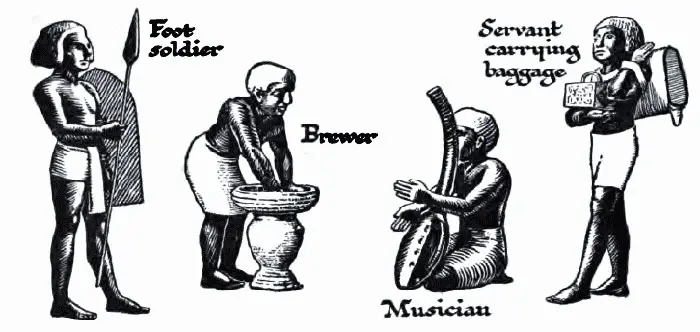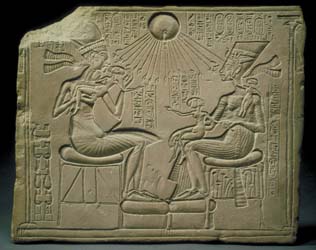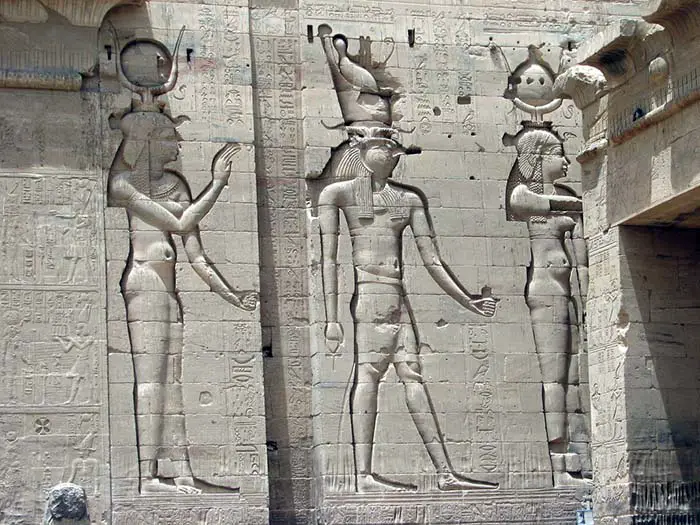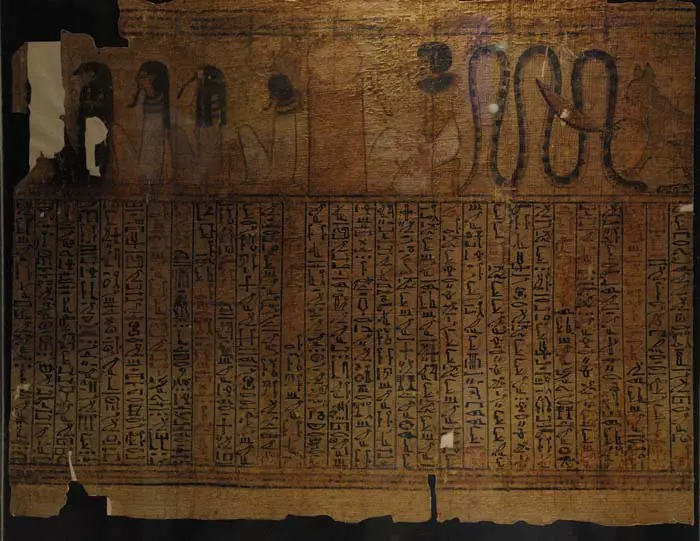Apprenticeships
At the age of 14, the middle and lower class boys left their formal education to work as apprenticesto their fathers. This applied to farmers, stone masons, carpenters, and so forth; all the craftsmen of the time expected their sons to apprentice to the trade. With rare exceptions, sons pursued the trade to which they were born; upward mobility between the classes was rare.
 H.G. Wells – Depiction of low class worker occupations
H.G. Wells – Depiction of low class worker occupations
Young girls remained with their mothers and were taught the skills of child rearing, running a household, cooking, baking, simple medical skills, and so forth. Household medicine of the time involved the use of herbs and oils rather than the abundance of prescription medication used today. Girls of higher birth were given instruction on supervising household servants and slaves, entertaining high-ranking visitors, and so forth; like the boys, girls were trained in skills that were suitable for their class and lifestyle.
Since few careers were available to women, career-type apprenticeships were limited to becoming a baker, dancer, entertainer, or weaver. Most Egyptian girls were educated at home by their mothers and their career expectations were to be a wife and mother.
High-born girls could be afforded additional education, but like their lower-born counterparts, their careers were limited. Depending upon the father’s role in society, high-born girls could be required to attend to the family business while the father was out of town; upper class women were sometimes given more formal education so that they could read, write, and cipher.
Knowledge of politics, history, and the arts were included in their education for two reasons: upper class women needed to be able to tend to the family business as necessary, and they needed to be sufficiently educated so that they would be an acceptable wife for an upper class man.

their daughters
Scribes
One of the few career choices that would enable upward mobility, successfully apprenticing to a scribe could enable a boy to achieve a higher station in life. Girls were not usually permitted to become scribes, although there were exceptions. History documents a few female doctors in ancient Egypt and those women were also trained as scribes so that they could understand medical texts as well as document the treatments rendered.
Scribes were the historians of the time and recorded historical events as well as more mundane events, such as births, deaths, and the daily activities of the town.
Part of the extended education for a scribe was to repeatedly write the hundreds of symbols that comprised the Egyptian language, using varying mediums, such as stone, pottery, and wood, to ensure that the words and symbols were legible and accurate; beatings were common when the penmanship was substandard. A favorite saying of the time was that a boy’s ear is on his back. Paper was available only in the form of papyrus; it was scarce and not used for practice.
©Ivo Jansch – Statue of a Seated Scribe, displayed at the Louvre
Religious Training
Religious education in ancient Egypt was included with the other subjects rather than taught in a separate school. Since all of Egypt worshipped the same gods, religious education was much simpler than it is today. Children were taught respect and honor from the time they were very young, and disobedience and disrespect incurred harsh punishments.
The ancient Egyptians were polytheists, that is, they believed in many gods rather than one God. With few exceptions, such as King Tutankhamun’s father Akhenaten, Egypt remained polytheistic for the duration of the empire.

© Jolianne – Relief of ancient Egyptian Gods
The Prince’s School
As its name implies, The Prince’s School was for the king’s sons and the sons of nobility or high officials; no girls were allowed. Young boys who were extremely promising were allowed to attend also, and this was a great honor. It was also a way for members of the lower class to rise above their birth station.
Younger students were trained in math and writing. Older students received training in reading, history, math, and writing. Math was based on a decimal system and included arithmetic, astronomy, geometry, and science, as well as medicine and music. Punishments for misbehaving ranged from writing lines to beatings to spending time in stocks.
Wisdom Texts
The ancient Egyptians believed that wisdom came about by obeying the natural laws that governed everyday life; wisdom was a result of adhering to justice, integrity, and truth. Therefore, Egyptian students were taught the precepts of justice, integrity, and truth so that they could acquire wisdom.
Philosophy was not a separate profession in ancient Egypt so there was no separate training for it. Rather, the philosophies were taught in conjunction with religion and morals and all students were expected to both know and practice philosophical precepts.

© rob koopman – Book of the Dead extract










































